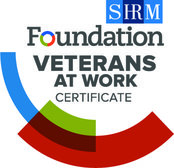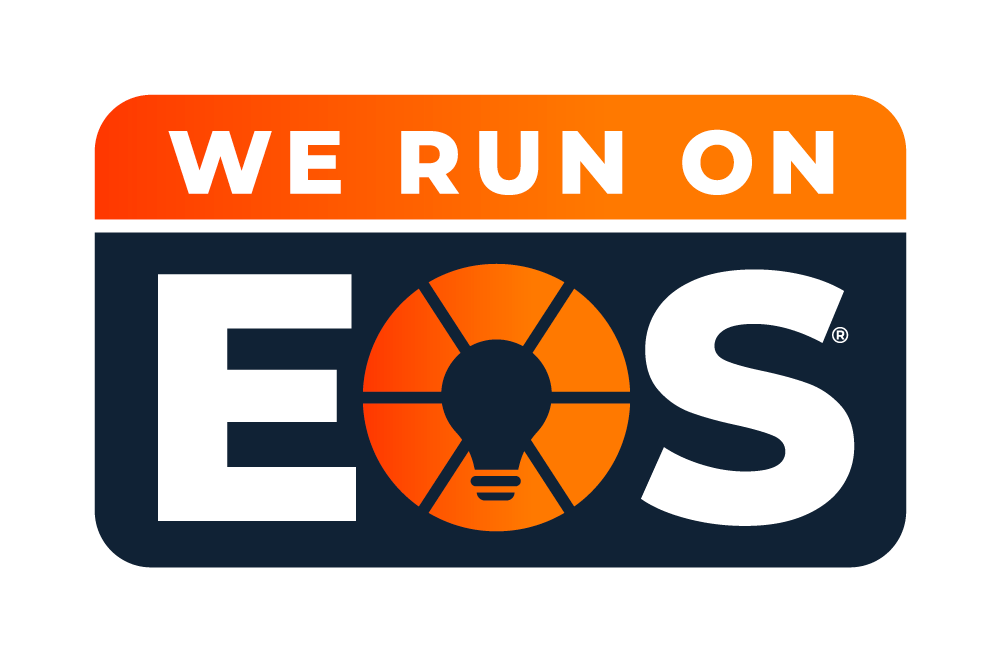What to Look for in an HRIS
Human resource departments have a lot to manage on any given day, so having a good HRIS (Human Resources Information System) in place can make a big difference in streamlining processes and improving efficiency.
Below, we’ll talk about some key features to look for in an HRIS that will help you get maximum value from the system.
Your HRIS Should Be Accessible from Anywhere
A good HRIS will allow you to access the system from any device and any location, ensuring that no matter where your team is, they’ll be able to work efficiently. You should be able to access and update it from anywhere, and it should provide cloud based services while also offering an adequate amount of security.
Too many HR systems are difficult to access, making it hard for managers and employees to get the information they need. This can lead to delays in decision making and hinder progress. Ensure that your HRIS is accessible from anywhere so you can avoid these issues.
Your HRIS Should Help Employees Without HR Assistance
A great HRIS will give your people the ability to help themselves. This means they’ll be able to find information quickly and easily without having to wait for an HR staff member. This could include access to employee handbooks, company policies, and FAQs about the HRIS itself.
It’s kind of like that “teach a man to fish” saying, but instead it’s teaching your employees to get the answers they need without taking up your HR department’s valuable time.
Your HRIS Should Be User Friendly
Of course, none of that will matter if your employees don’t know how to use your HRIS. Make sure the system you choose is simple to use and understand.
Look for an HRIS with user friendly dashboards, easy-to-understand menus, and helpful visual cues that help guide users through the process. You should also look for a system with good customer support in case your team runs into any issues.
Think of it like this: Your employees, much like a river, will take the path of least resistance. If your HRIS is cryptic and difficult to use, they’re going to go to HR people instead.
Your HRIS Should Make Onboarding More Efficient
Different HR systems approach the onboarding process differently. Look for an HRIS that includes automated processes and integrated systems to streamline the onboarding process.
Your employees and prospects should be able to fill out forms, submit documents, or take assessments all from one place. The system should also allow managers to review and approve documents without having to track down paper copies.
Ideally, your HRIS should also be able to integrate with other systems such as payroll and time tracking, so employees don’t have to enter their information multiple times.
Your HRIS Should Integrate Both With Your Payroll Provider and Your Benefits Provider
Your HRIS should be able to integrate with any payroll provider you might use, as well as your benefits providers. This integration will ensure that employee information is always up-to-date and accurate, eliminating the need for manual data entry.
We Can Help You With Your HR Issues
While a good HRIS can be a real benefit to your organization, it can’t magically solve all of your HR problems and roadblocks. Sometimes there’s no way to get around applying some good old elbow grease. But who has time to deal with issues like that when you have a government contracting business to run?
That’s what we’re here for. BOOST was created to help small to midsize government contractors with the back office work that bogs people down and wastes valuable time. Our team of experts is available to provide guidance, answer questions, and help solve any HR issues you might have by working with you to come up with effective solutions.
If you’re looking for help in getting your HR on track, contact us today and let’s get started! We look forward to hearing from you.
About The Author, Albert Darlington
Albert Darlington is the extraordinary Client Relationship Manager at BOOST. He has a PHD in Human Capital Management and is a Certified Professional in Talent Development. For over 25 years he has been empowering workforces, successfully mentoring, and enabling successful change management.








